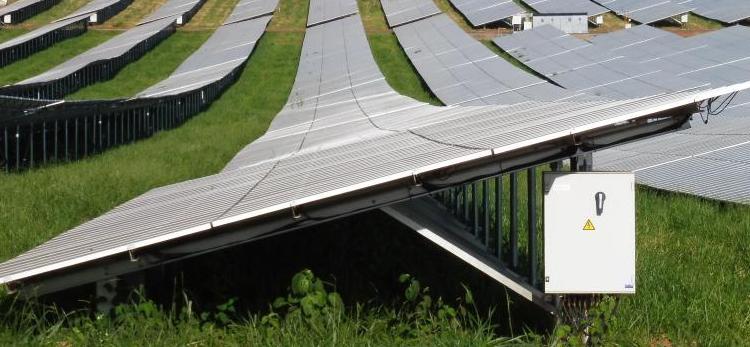
Inverters are the cornerstones of solar PV projects. They convert the direct current (DC) energy generated by solar panels into an alternating current (AC) that the local electrical grid or an alternative off-grid network can harness. Their importance to solar power generation is reflected in their cost: They are typically among the largest hardware-related expenses in solar implementations and can require substantial service and maintenance over time, similar to a car. Accordingly, power inverter pays to make the right choice for the intended application.
There are multiple inverter options, including microinverters, or the string inverters and central inverters available through the comprehensive TrinaPro platform from ATO. For our purposes, we will focus predominantly on comparing the latter two in this post. Proper inverter selection should account for many criteria, the most important of which can usually be evaluated through the following questions.
How much size do I need?
There’s a world of difference between string and central inverters in their respective size ranges:
- String inverters may only run from 33 to 125 kilowatts.
- Central inverters can reach multiple megawatts at the high end, with even their smaller sizes comfortably larger than the biggest available string inverters.
- The considerable gap between the two means that while multiple string inverters are required to connect sets of panels, a single central inverter might suffice for an entire project.
What applications am I supporting?
String inverters are less powerful and more diminutive than central inverters, but these characteristics are advantageous in a lot of solar applications. For example, their light weight and overall flexibility and modularity make them ideal for wall-mount and tilt-mount projects within smaller commercial environments. At the same time, like many solar features, they are vulnerable to shading and as such might not function optimally within deployments facing multiple directions, such as ones on gabled roofs.
Meanwhile, the greater power production of central inverters is perfectly suited to utility-scale use cases within industrial plants and much bigger buildings. Central inverters may also offer less complex installations (since only one unit may be needed per project) and fewer component connections than string inverters, both of which could be good for applications requiring simple, single-location infrastructure. Project managers must account for their larger installation footprints, higher noise levels and more concentrated points of potential downtime, however.
What is the total cost of ownership for the inverter?
Estimating the full cost of an inverter selection can be somewhat complicated. Since they are much smaller, string inverters have lower upfront costs than central inverters and are generally perceived as highly economical pieces of equipment. However, they can actually be more expensive per DC watt than central inverters.
There’s also the issues of replacement and maintenance in the long term. String inverters can be swapped out relatively easily; if one fails, it’s not the end of the world, since the average system will include many of them, also called distributed architecture, and perhaps even leverage accessories like combiner boxes to optimize their output. Their typical designs are simple, with fewer potentially problematic parts. In contrast, central inverters have more moving components and, like automobiles, will eventually require some level of service to stay in working order.
